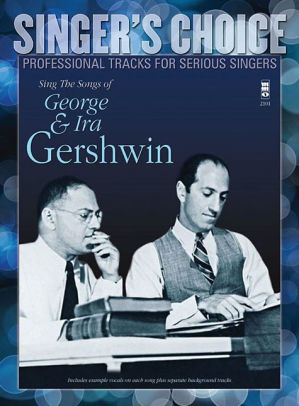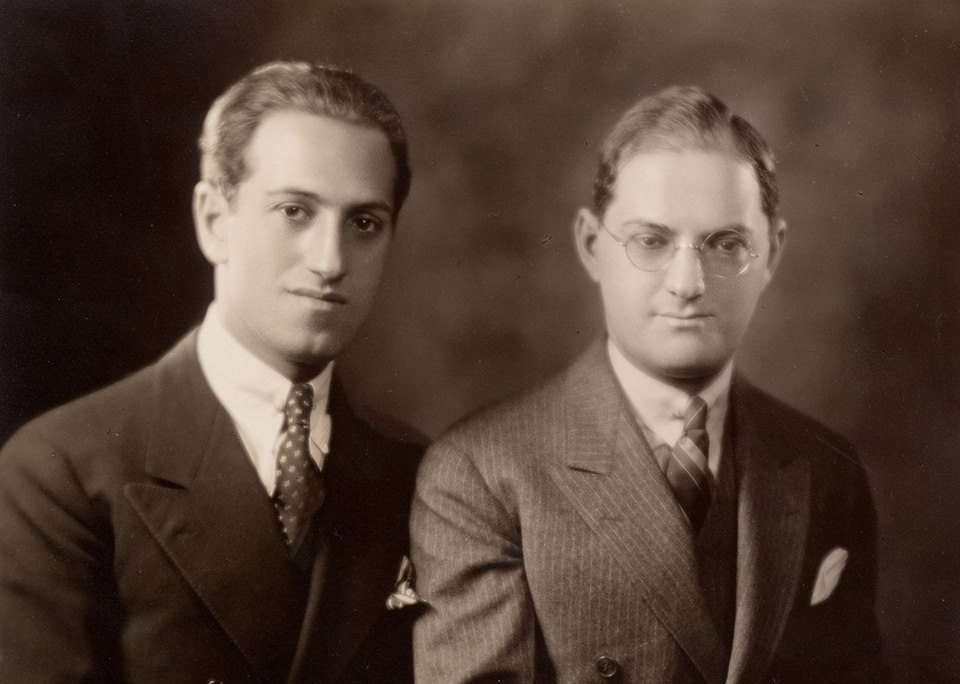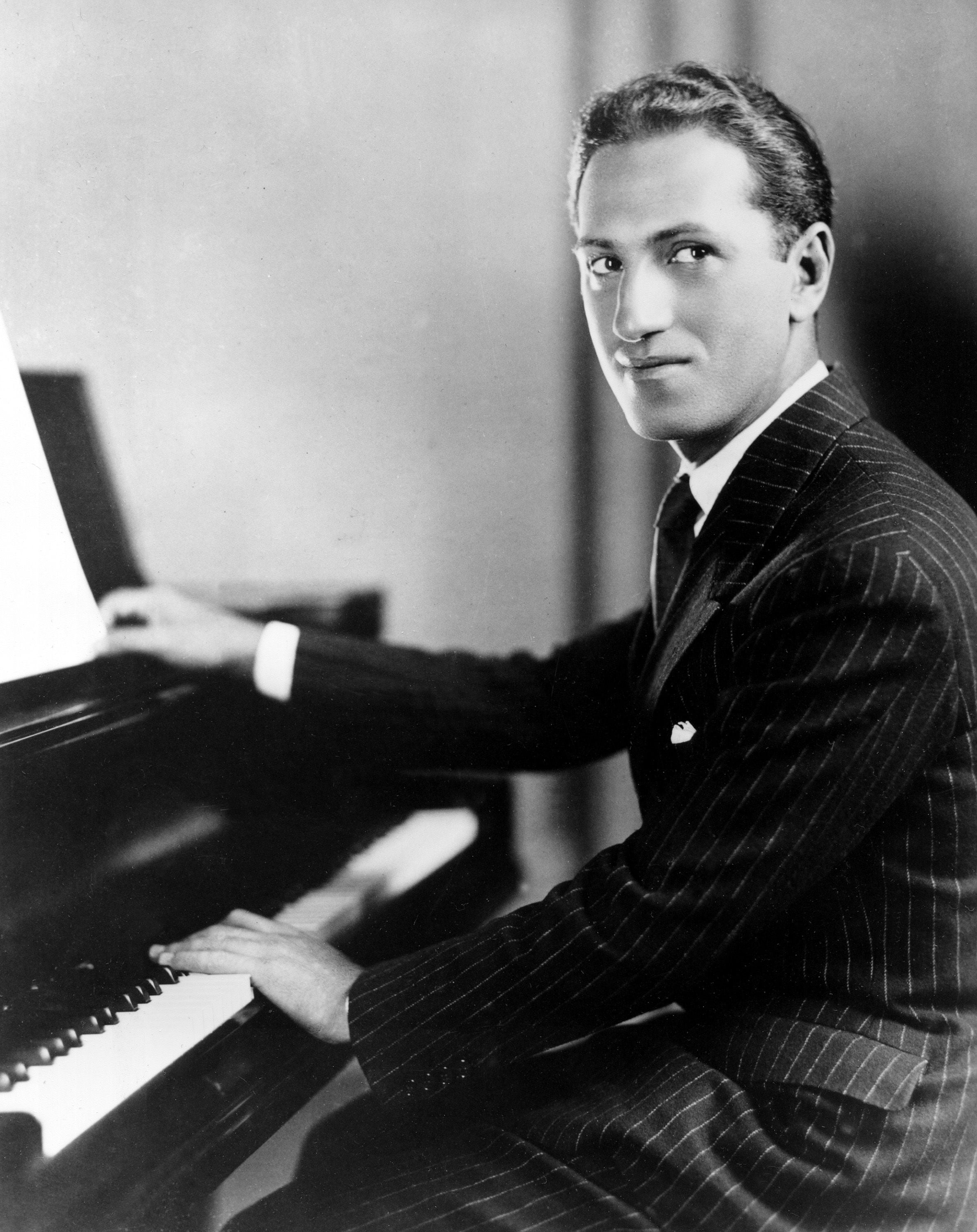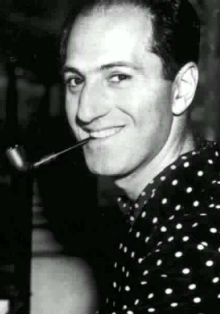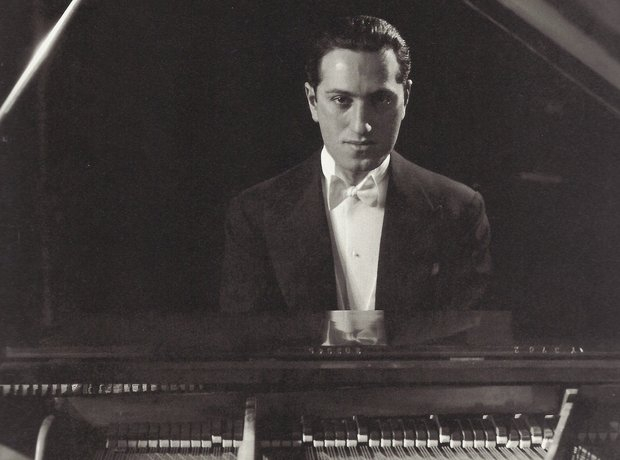George Gershwin (/ˈɡɜːrʃ.wɪn/; born Jacob Bruskin Gershowitz, September 26, 1898 – July 11, 1937) was an American composer and pianist] whose compositions spanned both popular and classical genres. Among his best-known works are the orchestral compositions Rhapsody in Blue (1924) and An American in Paris (1928), the songs "Swanee" (1919) and "Fascinating Rhythm" (1924), the jazz standard "I Got Rhythm" (1930), and the opera Porgy and Bess (1935) which spawned the hit "Summertime".
Gershwin studied piano under Charles Hambitzer and composition with Rubin Goldmark, Henry Cowell, and Joseph Brody. He began his career as a song plugger but soon started composing Broadway theater works with his brother Ira Gershwin and with Buddy DeSylva. He moved to Paris intending to study with Nadia Boulanger, but she refused him. He subsequently composed An American in Paris, returned to New York City and wrote Porgy and Bess with Ira and DuBose Heyward. Initially a commercial failure, it came to be considered one of the most important American operas of the twentieth century and an American cultural classic.
Gershwin moved to Hollywood and composed numerous film scores. He died in 1937 of a malignant brain tumor. His compositions have been adapted for use in film and television, with several becoming jazz standards recorded and covered in many variations.
Gershwin was of Russian-Jewish and Lithuanian-Jewish ancestry. His grandfather, Jakov Gershowitz, was born in Odessa and had served for 25 years as a mechanic for the Imperial Russian Army to earn the right of free travel and residence as a Jew; finally retiring near Saint Petersburg. His teenage son, Moishe Gershowitz, worked as a leather cutter for women's shoes. Moishe Gershowitz met and fell in love with Roza Bruskina, the teenage daughter of a furrier in Vilnius. She and her family moved to New York because of increasing anti-Jewish sentiment in Russia, changing her first name to Rose. Moishe, faced with compulsory military service if he remained in Russia, moved to America as soon as he could afford to. Once in New York, he changed his first name to Morris. Gershowitz lived with a maternal uncle in Brooklyn, working as a foreman in a women's shoe factory. He married Rose on July 21, 1895, and Gershowitz soon Americanized his name to Gershwine. Their first child, Ira Gershwin, was born on December 6, 1896, after which the family moved into a second-floor apartment on Brooklyn's Snediker Avenue.
On September 26, 1898, George was born as second son to Morris and Rose Bruskin Gershwin in their second-floor apartment at 242 Snediker Avenue in Brooklyn. His birth certificate identifies him as Jacob Gershwin, with the surname pronounced 'Gersh-vin' in the Russian and Yiddish immigrant community. He had just one given name, contrary to the American practice of giving children both a first and a middle name. He was named after his grandfather, the army mechanic. He soon became known as George, and changed the spelling of his surname to 'Gershwin' around the time he became a professional musician; other family members followed suit.[8] After Ira and George, another boy, Arthur Gershwin (1900–1981), and a girl, Frances Gershwin (1906–1999), were born into the family.
The family lived in many different residences, as their father changed dwellings with each new enterprise in which he became involved. They grew up mostly in the Yiddish Theater District. George and Ira frequented the local Yiddish theaters, with George occasionally appearing onstage as an extra.
George lived a boyhood not unusual in New York tenements, which included running around with his friends, roller-skating and misbehaving in the streets. Until 1908, he cared nothing about music. Then as a ten-year-old, he was intrigued upon hearing his friend Maxie Rosenzweig's violin recital. The sound, and the way his friend played, captivated him. At about the same time, George's parents had bought a piano for his older brother Ira. To his parents' surprise, though, and to Ira's relief, it was George who spent more time playing it as he continued to enjoy it.
Although his younger sister Frances was the first in the family to make a living through her musical talents, she married young and devoted herself to being a mother and housewife, thus precluding spending any serious time on musical endeavors. Having given up her performing career, she settled upon painting as a creative outlet, which had also been a hobby George briefly pursued. Arthur Gershwin followed in the paths of George and Ira, also becoming a composer of songs, musicals, and short piano works.
With a degree of frustration, George tried various piano teachers for about two years (circa 1911) before finally being introduced to Charles Hambitzer by Jack Miller (circa 1913), the pianist in the Beethoven Symphony Orchestra. Until his death in 1918, Hambitzer remained Gershwin's musical mentor, taught him conventional piano technique, introduced him to music of the European classical tradition, and encouraged him to attend orchestral concerts.
Tin Pan Alley and Broadway, 1913–1923
Swanee
Al Jolson's hit 1920 recording of George Gershwin and Irving Caesar's 1919 "Swanee".
Problems playing this file? See media help.
In 1913, Gershwin left school at the age of 15 and found his first job as a "song plugger". His employer was Jerome H. Remick and Company, a Detroit-based publishing firm with a branch office on New York City's Tin Pan Alley, and he earned $15 a week.
His first published song was "When You Want 'Em, You Can't Get 'Em, When You've Got 'Em, You Don't Want 'Em" in 1916 when Gershwin was only 17 years old. It earned him 50 cents.
In 1916, Gershwin started working for Aeolian Company and Standard Music Rolls in New York, recording and arranging. He produced dozens, if not hundreds, of rolls under his own and assumed names (pseudonyms attributed to Gershwin include Fred Murtha and Bert Wynn). He also recorded rolls of his own compositions for the Duo-Art and Welte-Mignon reproducing pianos. As well as recording piano rolls, Gershwin made a brief foray into vaudeville, accompanying both Nora Bayes and Louise Dresser on the piano.[16] His 1917 novelty ragtime, "Rialto Ripples", was a commercial success.
In 1919 he scored his first big national hit with his song "Swanee," with words by Irving Caesar. Al Jolson, a famous Broadway singer of the day, heard Gershwin perform "Swanee" at a party and decided to sing it in one of his shows.
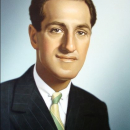
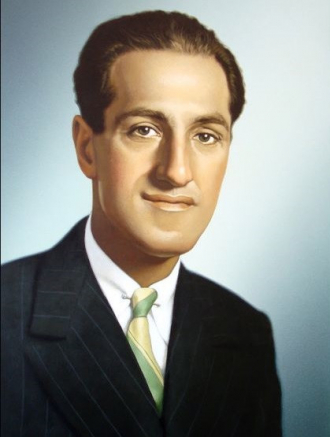
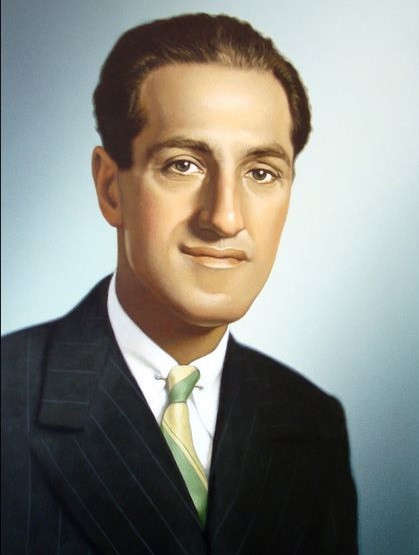
 Amanda S. Stevenson
Amanda S. Stevenson 